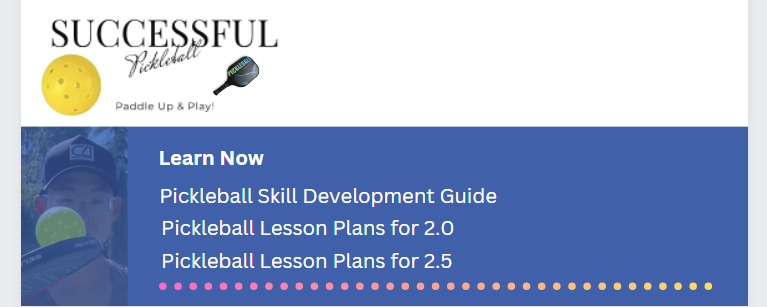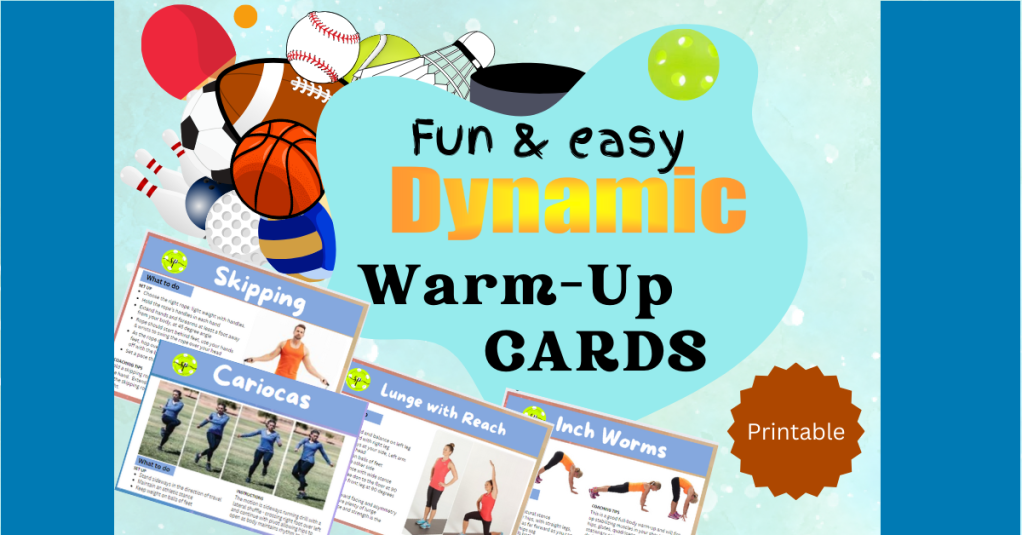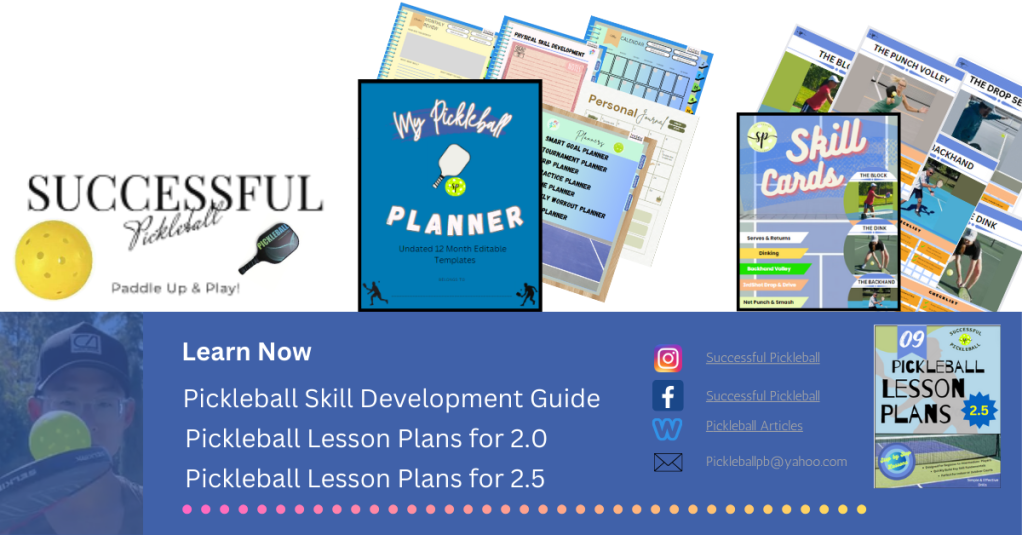
Understanding your fitness foundation or general physical preparedness (GPP) will reveal your fitness baseline. Performance on the court often reveals current conditioning in the form of balance, agility, endurance, speed, and power. High-performance players are going to perform better on the court than those who do not train. Even moderate exercise on a regular basis will provide enough foundation to execute technical aspects of the sport. This week, our team will reveal the second installment of the Fitness Foundation: Core Strength.
As we learned last week in Lower Body, playing pickleball can utilize all the lower muscle groups and generate transferable energy through a kinetic chain to deliver meaningful power. In a study of muscle activation during the tennis volley, it was found that in general, the core muscle activity increased with ball speed suggesting both the obliques and erector spinae group of muscles were highly engaged. This week we will look at our stabilizers.
Core Strength

Core strength is often thought of as the toned muscular outer layer some refer to as the six-pack. In fact, a strong core spans from your shoulder girdle to your pelvic girdle and goes around both the anterior (front) and posterior (back) of your body including connectors within the pelvis, spine, and lower back (left and right external oblique, lumbar erector spinae). The core muscles provide agility, balance, and the steadiness to keep the body stable. It is arguably the most important group of muscles in pickleball. These muscle groups aid in the fluidity of movement and unites the lower and upper body which influence muscle coordination in the legs and arms.
As we age, the structures of bones and cartilage lead to degenerative changes due to wear and tear. Very often we see these changes in the spine and pelvic regions. Weak core muscles can lead to more fatigue, less endurance and injuries. It can leave players more prone to pain and higher risk of falls. These stabilizing muscles affect the legs and upper body with impactful subtleties that unload the joints and promote ease of movements like executing an efficient smooth serve or delivering a fluid dink execution.
Core Exercises
Forget the mindless repetition of sit-ups which is often equated with abdominal strength, instead focus on awareness. Athletes with good core strength have learned to concentrate on challenging their body’s stability with more complex movements. Think of how many times the muscles responsible for twisting and bending are used during an average pickleball game.

A daily core engagement practice can lead to increased movement patterns on the court. There is not one core exercise method that works for every person particularly since everyone has different ability levels and backgrounds. It is recommended to seek medical advise if core ability is compromised in any way. Pilates or yoga can help you discover where your core improvement is required.
Classic core exercises include sit-ups, planks, bridges, and fitness ball exercises. A 16-week study has shown that using free weights while keeping your core stable trains and strengthens many of your muscles. The simplest way to test your core strength is the plank. The sign of a strong core is if you can hold the plank for 2 minutes or more with good form. The plank is very simple to perform, now, I know not everyone can get down on their hands and knees due to a wide variety of reasons but their are alternative exercises to increase core strength.

Seated Exercises
Having a simple, sturdy chair or stability ball around can unlock a series of other exercises that seriously will rival anything you can do on your feet. Many popular core training exercises like Russian twists, crunches, single leg lifts or knee tucks, and the dreaded bicycles can all be performed while seated. Focus on good diaphragmic breathing and posture, follow a weekly rep scheme based on your fitness level. All the reps should be completed with good form and should feel challenging. Rest between sets for approximately 20 – 30 seconds, use modifications and variations that best suit your needs. Focus on completing each exercise through a full range of motion and never go beyond your range capacity. Some exercises may be deceptively difficult at first but as your body adapts to muscular change, you will notice in time the exercise become easier to perform – this will signal an increase in reps and/or weights.
Don’t let age, mobility restrictions, or past injuries prevent you from strengthening your core. You can get significant balance and stability benefits by performing exercises from a chair and maybe a reduction in injuries as the ultimate goal.
Please consider subscribing to our blog for more great pickleball content and make sure to follow me on Facebook and read my latest newsletter for some exciting news for the Spring 2023. Grab your dynamic warm-up exercise eBook as well, happy training!

We want to hear from you!
Let us know your interests for upcoming articles – Use the feedback button and share your ideas!











































One response to “The Fitness Foundation to Success – Week 2 Core Strength”
[…] stability is a particularly important aspect of pickleball footwork. Core muscles stabilize, optimize momentum, and increase power while playing pickleball. The abdominal, oblique, […]
LikeLike